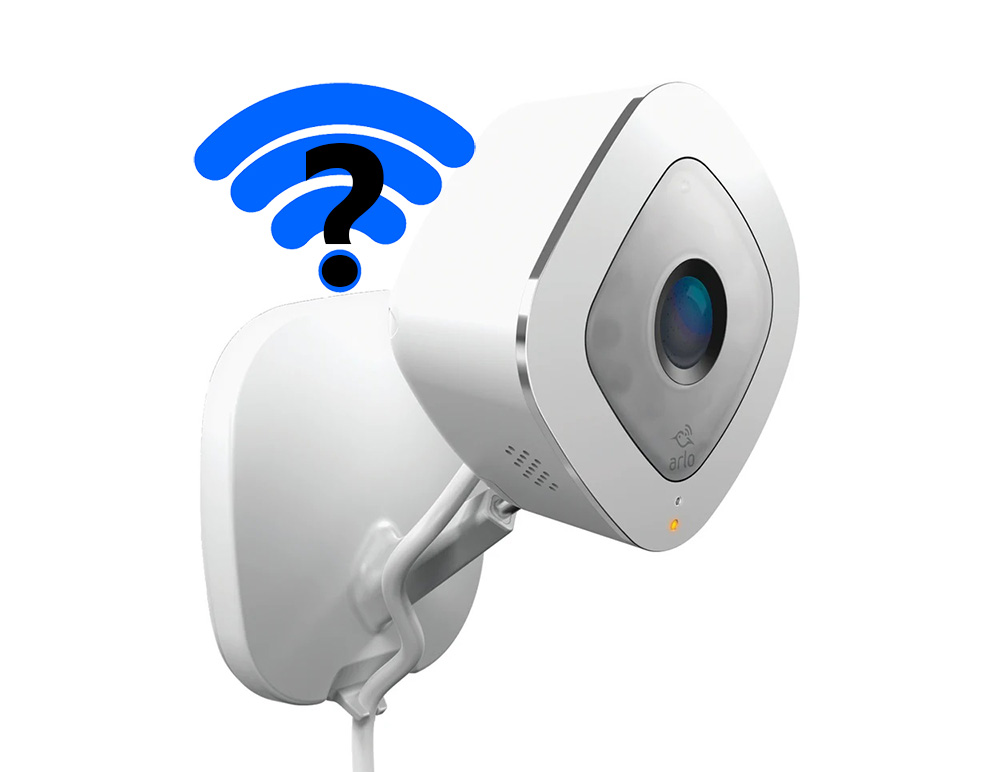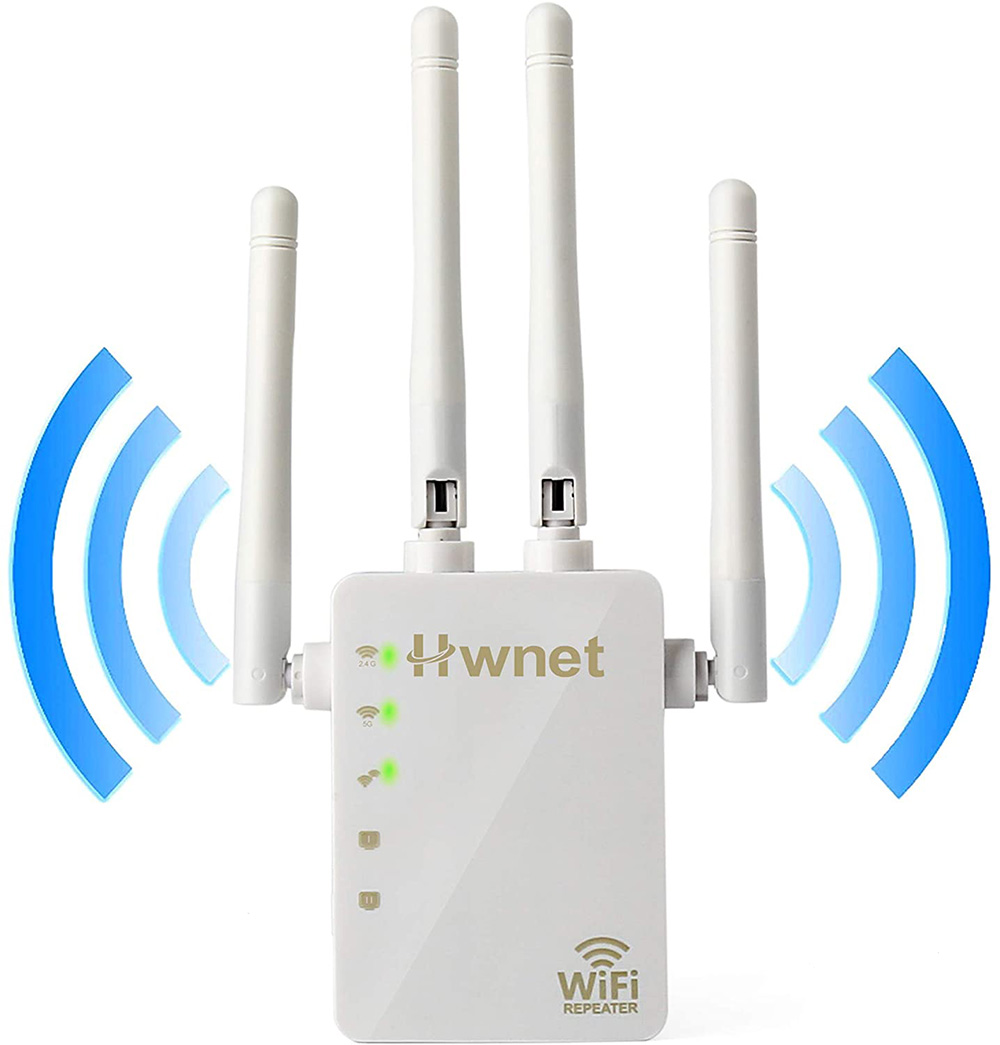Normally the wireless security camera systems are reliable as their wired counterparts, however, sometimes the WiFi interference may cause the cameras not to operate smoothly.
The WiFi interference in security camera systems may cause your CCTV camera not to load up when viewing them remotely, WiFi signal loss may lead to video loss (and not videos) and if the WiFi signal is weak the cameras’ picture may look blurry.
 For all these reasons, it’s crucial to have a wireless security system that is connected all the time, otherwise you’ll have no recording which defeats the whole purpose of having a CCTV system in the first place.
For all these reasons, it’s crucial to have a wireless security system that is connected all the time, otherwise you’ll have no recording which defeats the whole purpose of having a CCTV system in the first place.
How to solve the wireless security camera interference issues? How to make the camera signal stable and strong. In this guide we list the causes and how to fix the WiFi interference in wireless security camera systems.
How to fix wireless security camera interference issues
1. Choose the right WiFi channel
Co-channel interference is one of the main reasons why a wireless security camera system experiences interference issues. This means that various signals that run on the same channel interfere with each other that makes each signal unstable or weaker.
To solve the WiFi interference, simply choose a less congested WiFi channel. You can access your router and select a different frequency for your WiFi channel.
As you know, usually the WiFi signal uses the 2.4GHz band, which is also used by microwaves, smart phones, Bluetooth devices, walkie talkies etc. Obviously the band will get congested and you may experience a weak signal on your wireless security cameras.
 Nowadays most of the routers are dual bands, meaning they can emit 2.4 GHz and 5 GHz at the same time. Check the specs of your router to make sure it supports dual band signals. Access the router and switch the band from 2.4 GHz to 5 GHz (or 5.8 GHz) and this trick will avoid the wireless camera’s interference.
Nowadays most of the routers are dual bands, meaning they can emit 2.4 GHz and 5 GHz at the same time. Check the specs of your router to make sure it supports dual band signals. Access the router and switch the band from 2.4 GHz to 5 GHz (or 5.8 GHz) and this trick will avoid the wireless camera’s interference.
Additionally, you can use a WiFi scanner (such as WiFi explorer) to see if there’s WiFi interference or congestion in your location. The tool will show all the nearby wireless channels and point out the one you should use (which has less overlapping).
2. Place the wireless router in the right spot
Other reasons that can cause weak WiFi signals are physical barriers such as wood materials, walls, plasters, glass, concrete, metal. Materials such as wood or plaster have lower inference levels with the WiFi signal, on the other hand walls, bricks and metals are difficult to be penetrated by the wireless signal.
To improve the signal penetration and solve the physical barriers issues, relocate the wireless router to another spot in your house/business. As general rules, it’s recommend to:
- Place your wireless router in the center of your house/business, that way all the areas are covered and ideally each camera should get a strong signal.
- Position the wireless router’s antenna vertically. More antennas on your router, better coverage.
- Place the router at a high point, avoid the basement or first floor, second floor is a better option.
- Position your router’s antenna vertically and make it straight.
- Avoid mounting your access point to, or placing near a wall. Aim to have it at least 6 inches away from any wall. Note that wireless signals cannot pass through metal so if your walls have metal back insulation you may find your signal reduced significantly.
- Keep your access point away from microwave ovens, refrigerators, washing machines or any other appliance that contains metal.
- Re-code or see if you can set any third-party alarm devices, garage door openers, remote controls etc., to a different GHz signal range. See your wireless camera’s specifications sheet for its particular signal frequency range information, then set your other devices outside of that range.
3. Use WiFi Extender
In many cases, the wireless security cameras are struggling to stay connected because the coverage is minimal or the distance is simply too much. To avoid that you can use WiFi extenders to provide a better coverage and a stronger signal throughout your facility.
 A WiFi range extender can boost your signal range and provide the necessary juice for all your cameras. We recommend getting a WiFi extender with good reviews and manufactured by a well known company such as Ubiquiti. Basically, the extenders repeat the WiFi network signal and extend the signal area.
A WiFi range extender can boost your signal range and provide the necessary juice for all your cameras. We recommend getting a WiFi extender with good reviews and manufactured by a well known company such as Ubiquiti. Basically, the extenders repeat the WiFi network signal and extend the signal area.
Conclusion
Nowadays wireless security cameras perform at the same level as the wired system, the reliability gap has been closed. However, there are some tricks you need to deploy when using wireless security cameras in order to avoid the interference which can cause choppy images or even video loss.
As we showed in this guide, you can change the WiFi band to avoid congestion, you can be more careful when placing the router (avoid walls, other devices) or you can even use a WiFi range extender to strengthen the signal.
In our opinion, the best solution for wireless security camera WiFi interference is to purchase dual-band wireless security cameras and routers.






